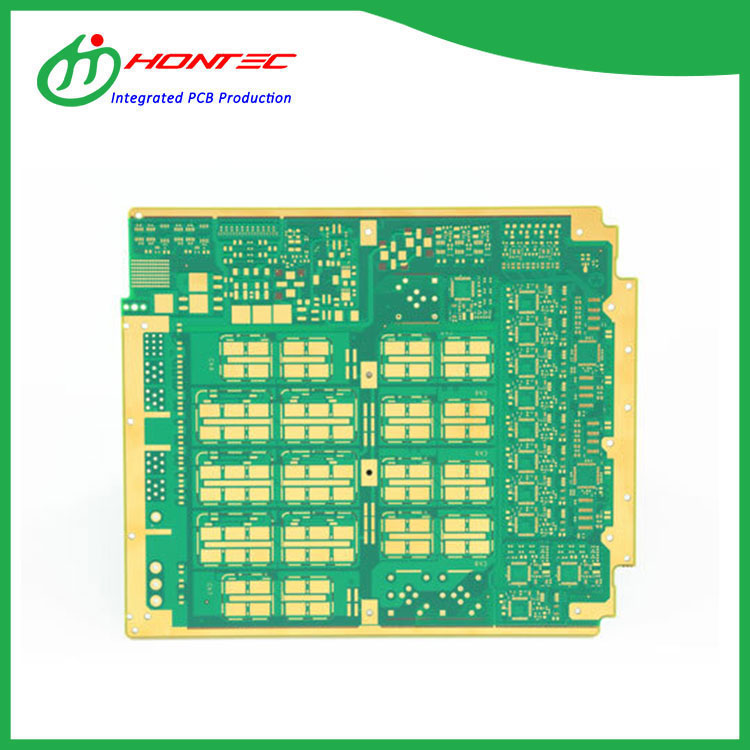Exploring the Different Types of Vias Used in Multilayer Boards
2024-05-24
In the intricate world of multilayer printed circuit boards (PCBs), vias play a crucial role in connecting different layers of the board, enabling electrical communication between components. But did you know that there are different types of vias, each serving a specific purpose? Let's dive into the various types of vias commonly used in multilayer boards.
1. Through-Hole Vias (THVs)
Through-hole vias, also known as plated-through holes (PTHs), are the most common type of vias in multilayer boards. They extend from the top surface of the board to the bottom, passing through all the layers. THVs are typically filled with conductive material like copper to establish electrical connections between the different layers. They are used for connecting components mounted on one side of the board to traces or pads on the other side.
2. Blind Vias
Blind vias are vias that extend from an outer layer to an inner layer but do not penetrate through to the opposite outer layer. They are used to connect traces on the outer layer to inner layers without affecting the opposite outer layer. Blind vias are particularly useful in high-density designs where space is limited.
3. Buried Vias
Buried vias are vias that are completely enclosed within the inner layers of the board. They do not extend to any outer layer. Buried vias are used to connect traces within the inner layers, allowing for more complex routing and circuitry. They are typically used in high-frequency applications where minimizing interference is crucial.
4. Microvias
Microvias are extremely small vias, typically with diameters less than 0.5 mm. They are used in applications where space is extremely limited, such as in high-density interconnect (HDI) boards. Microvias enable tighter routing and increased component density, making them ideal for compact designs.
5. Laser-Drilled Vias
Laser-drilled vias are created using laser technology, which allows for more precise and controlled drilling. They can be used to create both through-hole and blind vias. Laser-drilled vias are often preferred in applications where high accuracy and tight tolerances are required.
In summary, vias play a vital role in the design and functionality of multilayer boards. The different types of vias, including through-hole vias, blind vias, buried vias, microvias, and laser-drilled vias, each have their unique characteristics and applications. Understanding these differences can help engineers select the right vias for their specific design needs, ensuring optimal performance and reliability of the multilayer board.



